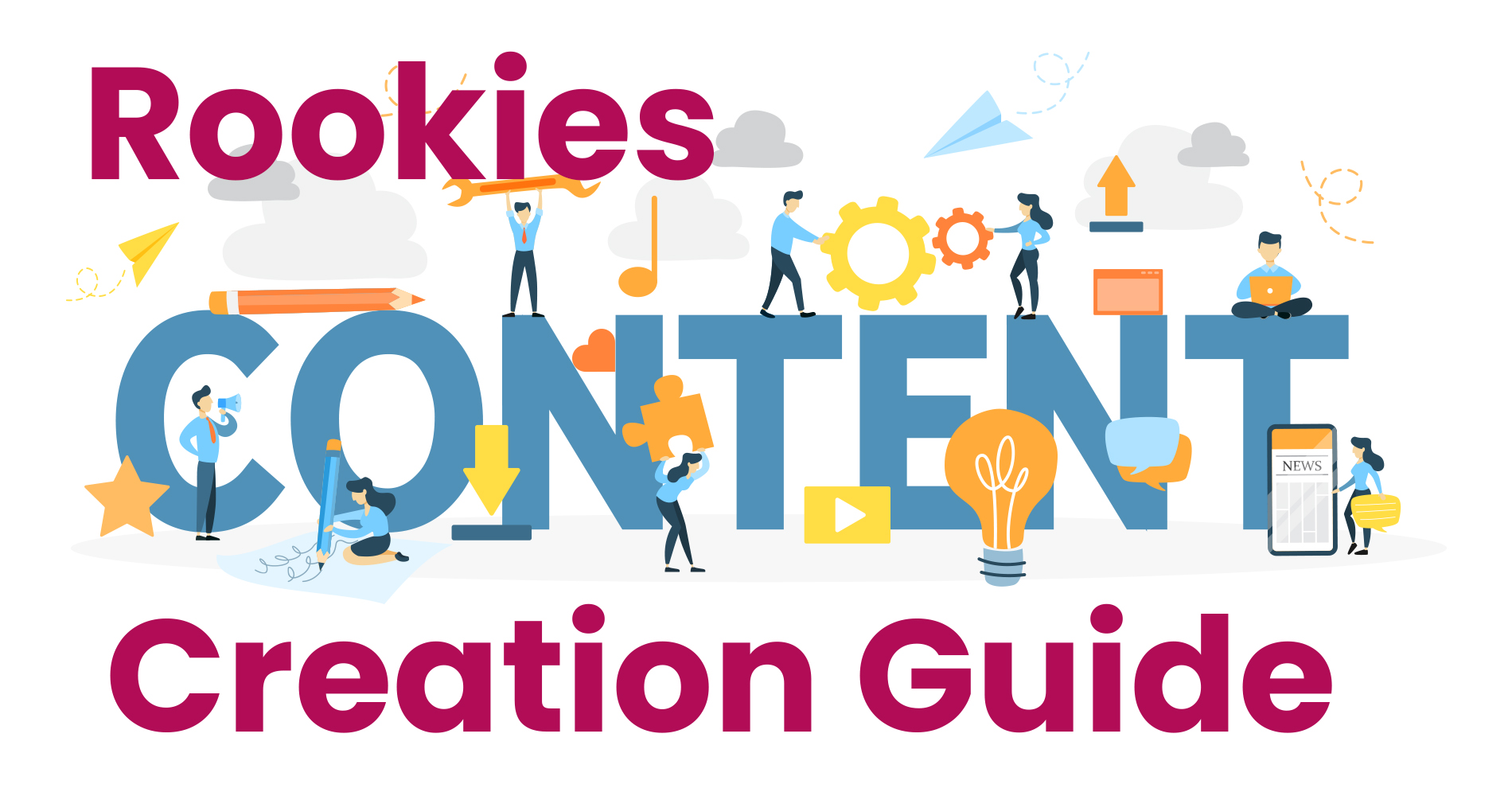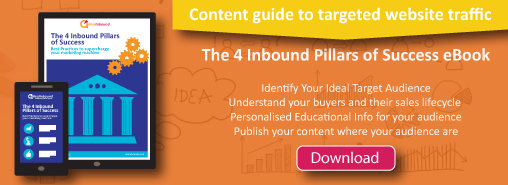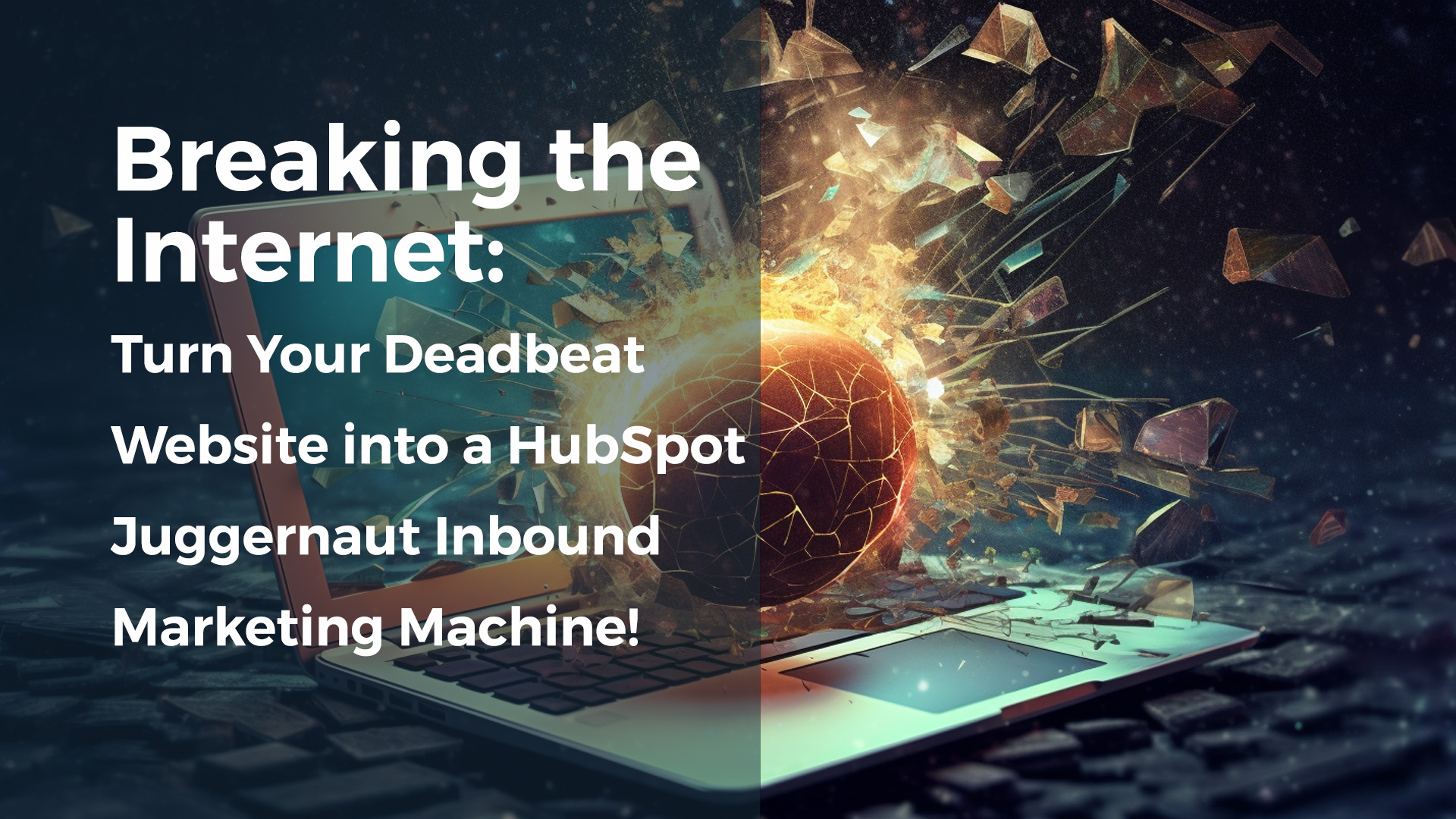All good content connects one desire to another, starting with your own and ending with that of your audience. Those are the two things you want your marketing to accomplish. And each piece of content is a promise you make to the reader, who, in turn, will reward you if you do it well.
To do this, you want to reach out to your customers and prospects by providing valuable information to them, thereby creating a mutually beneficial relationship between you and the people who get your message. This way of thinking about the content should help you avoid developing pointless or low-quality content that won't be of use to anyone. And when you try this approach, it's important to have several different types of content ready so that when you publish one thing, it doesn't mean it holds the attention of everyone forever - if all we have is one type of shoe on offer then no matter how great that shoe is some people aren't going to like it because they're looking for something different altogether!
Content creation is where you, as an entrepreneur of your own business, commission some form of content that paints your company in the best light by giving people the information they need to make informed decisions about what you offer. This way you build trust with prospective customers—and turn them into paying customers for life.
The best form of content creation is one that captures the attention of the right audience.
It benefits both you and your prospects when they read or watch your piece of content (information, entertainment, etc.) and benefits you when you pitch an idea, gain future readership, and lead them to your CTA.
Ensure you are providing audience-relevant content, and fulfil your obligations. Here are some steps to take for beginners.
Tips for Creating Content
Newbies to content creation often believe that you must create content based on your thoughts and ideas, but in fact, the ideal process starts with understanding your audience—imagining what they value, find interesting, etc. When beginning a project, you shouldn't start by thinking about what type of information to share–you should start by trying to imagine what your audience members are searching for based on their interests and needs.
How do I identify my target audience?
Consider basic information about your audience. Questions or statistics (age, interests, education, location, buying habits) can help you get started. From there, you can work out how to adapt your content strategies based on what your audience is likely to want to learn more about. For example, a company with an audience of recent high-school graduates might plan more educational content than university graduates who already have a good understanding of the field in question and may prefer more practical content like book reviews or blog postings that will better aid them in their search for employment.
How well does my audience know me? How much can they tell about me based on my website, brand, or social media profile?
It is important to recognise that your audience is intensely diverse and should be treated as such. Failing to do so can have negative consequences like alienating some or all of your subscribers, turning away new potential clients, losing sales, and the list goes on. The best approach for starting is by having a rough outline of where you want your project to go and what you want the outcome to be based on the existing state that it’s in now. Ask yourself: Is my audience familiar with this topic? What kind of language will they feel comfortable with? How will I address them? The more work you put into preparing specific details related to your project before getting started, the easier your eventual publication will be.
What matters to my audience, what does not?
Create lists of what your current, past, and future customers care about. Find points of alignment between the two of you and use those as starting blocks to begin thinking about how to showcase relevant information that will help put your company or product in a better light!
Content Writing Guide
Ideating and generating content ideas is a very challenging task. However, there are ways in which entrepreneurs can become more inspired to create engaging and new works that cater to their audience. One way is by knowing right off the bat what it is that your audience finds engaging because, without such an understanding, any attempts will likely fall flat, like so many stale cupcakes or cookies that have all been devoured from a party you held earlier today.
Research
Good content sifts through tons of information to provide only the most relevant and helpful details to the reader. Research enables you to speak about what’s important, but it also helps you develop confidence in your writing style and understanding of the subject matter, which is especially important if you plan on publishing articles or books.
Format
Figuring out what your reader is looking for and how you can give that to them in an eye-catching manner begins with voice, style, keywords, headings, subheadings – even introductions and calls to action. As an entrepreneur of your own business, you have many resources in your toolbox at your disposal. Time to get creative and start using them!
Feedback
Make sure you have defined your goals just as thoroughly as you defined the project's constraints. Asking for feedback might be a good way of being able to tell how far your strategy has come in terms of its content marketing; it could also help you see if you still need to strategically tweak any areas or add/delete some of your goals if it looks like something isn't going according to plan. It doesn't hurt to ask, and by adding comments via social media or conducting surveys regarding how accessible your content is, the chances are that any gaps can be filled!
How does content creation fit into marketing?
There are many reasons why content is an ideal marketing tool. It's a great resource for related information, it's accessible by any person who is connected to the Internet, and it makes the consumer feel as if they are getting a deal. Content marketing has been around for decades and it's only getting bigger. It's been a great tool for generating ideas and attracting new customers. Content on your website is important, but it should also be used to inspire more content. Make sure to use your existing content to create more so that you always have fresh content on your website.
How does content creation with Real Inbound work?
It takes a lot of time and effort to create content. Just researching keywords can consume many hours. This is where Real Inbound comes in.
Real Inbound can create content for you. As we learn more about your business and the industry, we'll continue to update you on the latest and greatest strategies to engage your customers.!
It's really important to get a feel for what questions your audience is asking online because if their questions are not answered with the right answers then they might just take their business elsewhere. By measuring audiences' interaction with content, firms can pinpoint what type of information their audience wants to know more about so that they can address any problems and/or queries there might be (to keep up a steady flow of customers and new ones).






